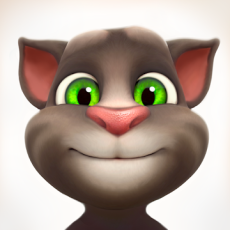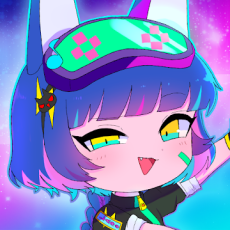The Enchanted Realms of The Witcher: Crafting a World Beyond Imagination
2025-01-13

The Witcher series, developed by CD Projekt Red, stands as a monumental achievement in the realm of video game design, particularly in the art of world-building. This series has not only captured the hearts of gamers around the globe but has also set a new standard for how immersive a video game world can be. Through a meticulous blend of landscapes, lore, and character development, The Witcher transports players into its enchanting universe, one that feels as real as it is magical. This article delves into the elements that make The Witcher's world-building exemplary, exploring the techniques CD Projekt Red employed to create one of the most captivating worlds in gaming history.
Introduction to The Witcher's World
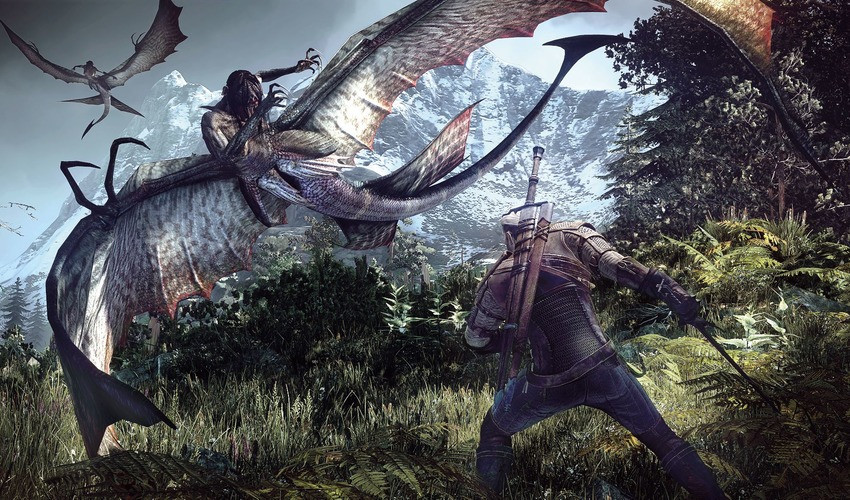
The Witcher series is set in a sprawling, medieval-inspired fantasy world inhabited by a rich tapestry of characters, cultures, and creatures. At its heart is Geralt of Rivia, a Witcher who navigates this complex world, undertaking quests, battling monsters, and interacting with a diverse array of characters. The series is renowned for its deep lore, which draws heavily from Slavic mythology and folklore, creating a universe that feels both unique and familiar.
Landscapes That Breathe Life
One of the cornerstones of The Witcher's world-building is its breathtaking landscapes. From the war-torn fields of Velen to the bustling streets of Novigrad and the ethereal beauty of Skellige's isles, each location is meticulously crafted to tell its own story. These settings are not just backdrops but are integral to the narrative, influencing the quests and the characters' motivations. The attention to detail in the environmental design ensures that players are not just passing through these lands but are a part of them.
Lore That Weaves History and Myth
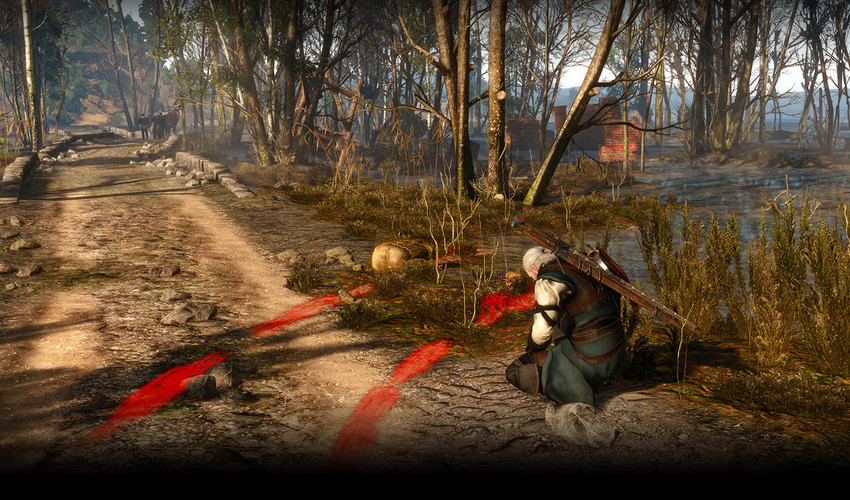
The lore of The Witcher is vast and intricate, encompassing centuries of history, politics, and mythology. CD Projekt Red skillfully integrates this lore into every aspect of the game, from books and letters found by Geralt to the stories told by NPCs. This depth of backstory enriches the game's world, making it feel lived-in and authentic. Players are not merely told of this world's richness; they experience it firsthand, uncovering its secrets as they progress through the game.
Characters That Resonate
The Witcher's world is populated by characters that are as complex as they are memorable. From allies like Triss Merigold and Yennefer of Vengerberg to adversaries and morally ambiguous figures, each character is well-developed, with their own histories, motivations, and personalities. This character depth adds a profound layer of realism to the game, as players form connections with these virtual beings, influencing their decisions within the game's narrative.
Conclusion: A World Beyond the Screen
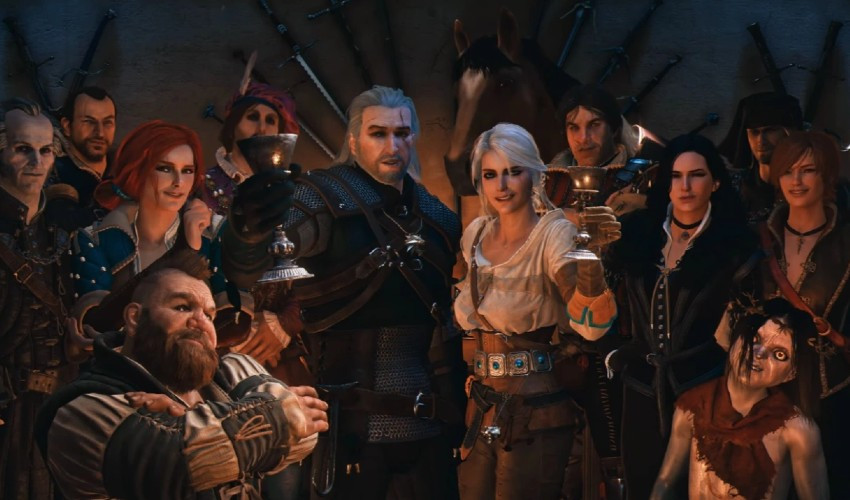
Through its detailed landscapes, rich lore, and nuanced characters, The Witcher series by CD Projekt Red has crafted a world that transcends the boundaries of traditional gaming. It's a universe that invites exploration, one where every quest, conversation, and location feels meaningful. The art of world-building, as exhibited in The Witcher series, demonstrates the incredible potential of video games as a medium for storytelling, creating worlds that linger in the imagination long after the screen goes dark. It is a testament to the power of meticulous design, creativity, and passion in crafting immersive experiences that captivate and inspire.






